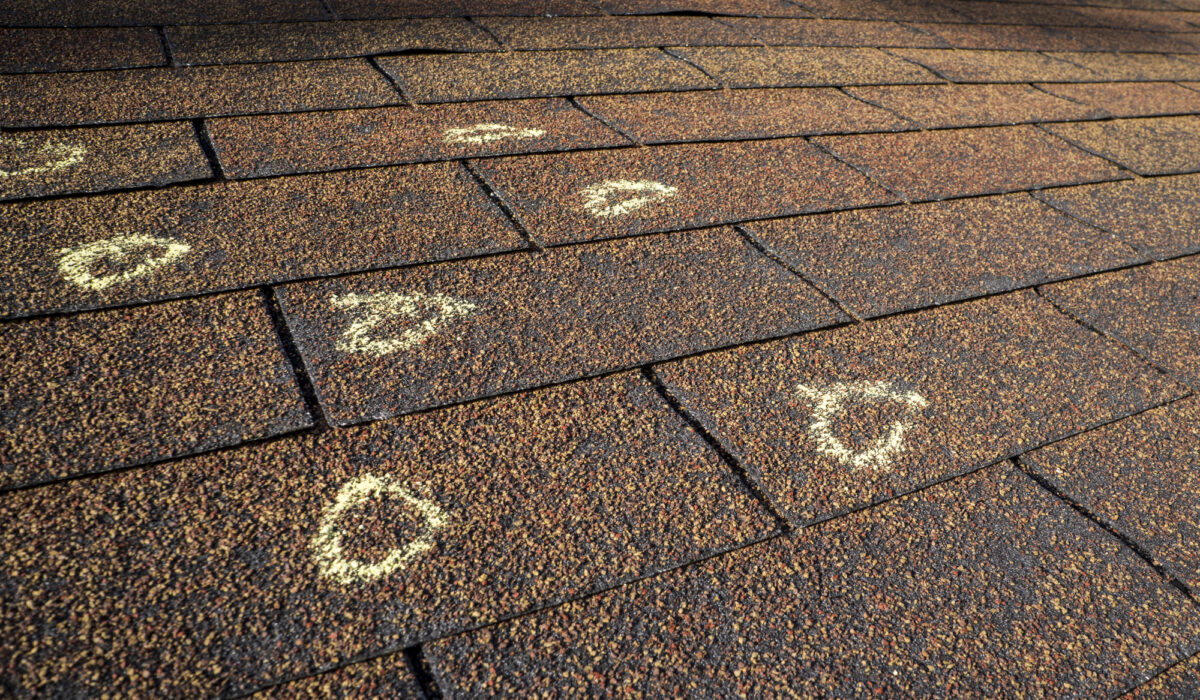- By Phoenix Roofing
- ParmaRoofingCompany
- 0 Comment
How Hail Storms Affect the Longevity of Your Roof: Understanding the Damage
Hail storms are a force of nature that can wreak havoc on many aspects of your property, and one of the most vulnerable components is your roof. Whether you live in an area prone to frequent hailstorms or experience them infrequently, understanding how these storms affect the life of your roof is essential for proper maintenance and protection of your home. In this blog, we’ll explore the various ways hail storms impact the longevity of your roof and what you can do to mitigate the damage.
1. Impact on Roofing Materials
The first and most obvious way hail storms affect your roof is through direct physical damage to the roofing materials. The severity of the damage depends on several factors, including the size and density of the hailstones, the velocity at which they fall, and the type of roofing material.
Looking for expert roofers in Parma Heights?
Phoenix Roofing & Solar is your #1 Parma roofer.
Make an appointment now!
Asphalt shingles, which are commonly used in residential roofing, are particularly susceptible to hail damage. When hailstones strike asphalt shingles, they can dislodge the protective granules, weaken the integrity of the shingles, and expose the underlying layers to moisture and UV rays. This can lead to accelerated deterioration, premature aging, and reduced lifespan of the roof.
Similarly, hailstorms can cause cracks, fractures, or breakage in clay or concrete tiles, compromising their ability to provide adequate protection against the elements. Metal roofs, while generally more durable than asphalt or tile roofs, are not immune to hail damage. Large hailstones can dent or puncture metal panels, compromising their structural integrity and potentially leading to leaks.
2. Impact on Roof Structure
In addition to damaging the surface materials, hail storms can also affect the structural integrity of your roof. The force of impact from hailstones can weaken the underlying roof structure, including the decking, rafters, and trusses. Over time, this can lead to sagging, shifting, or even collapse of the roof if the damage is severe enough.
Furthermore, hailstorms can loosen or dislodge roofing components such as flashing, gutters, and vents, leaving gaps and openings that allow water to penetrate the roof system. This can result in moisture intrusion, mold growth, and wood rot, further compromising the structural stability of the roof and posing potential safety hazards to occupants.
3. Long-Term Consequences
Even if the damage caused by a hailstorm seems minor initially, it can have long-term consequences for the life of your roof. Small cracks, dents, or punctures may not be immediately visible but can worsen over time, especially with exposure to sun, wind, and rain. What may start as a minor leak or cosmetic issue can escalate into more significant problems, requiring costly repairs or even premature roof replacement.
Moreover, hail damage can void warranties and insurance coverage for your roof, leaving you responsible for the full cost of repairs or replacement. It’s essential to document any damage promptly and notify your insurance provider to initiate the claims process and ensure you receive adequate compensation for the repairs.
4. Mitigating Hail Damage
While you can’t prevent hailstorms from occurring, there are steps you can take to minimize the impact on your roof. Investing in impact-resistant roofing materials, such as Class 4 asphalt shingles or metal roofing systems, can provide added protection against hail damage and extend the lifespan of your roof.
Regular maintenance, including annual roof inspections and prompt repairs of any damage, can help identify and address issues before they escalate. Consider installing protective measures such as hail guards, screens, or impact-resistant underlayment to strengthen vulnerable areas of your roof and reduce the risk of damage during severe weather events.
Conclusion
In conclusion, hail storms can have a significant impact on the life of your roof, leading to costly repairs, structural issues, and potential safety hazards if left unchecked. By understanding the effects of hail on roofing materials and structure, identifying signs of damage, and taking proactive measures to mitigate the risk, you can protect your home and ensure the long-term durability of your roof.

